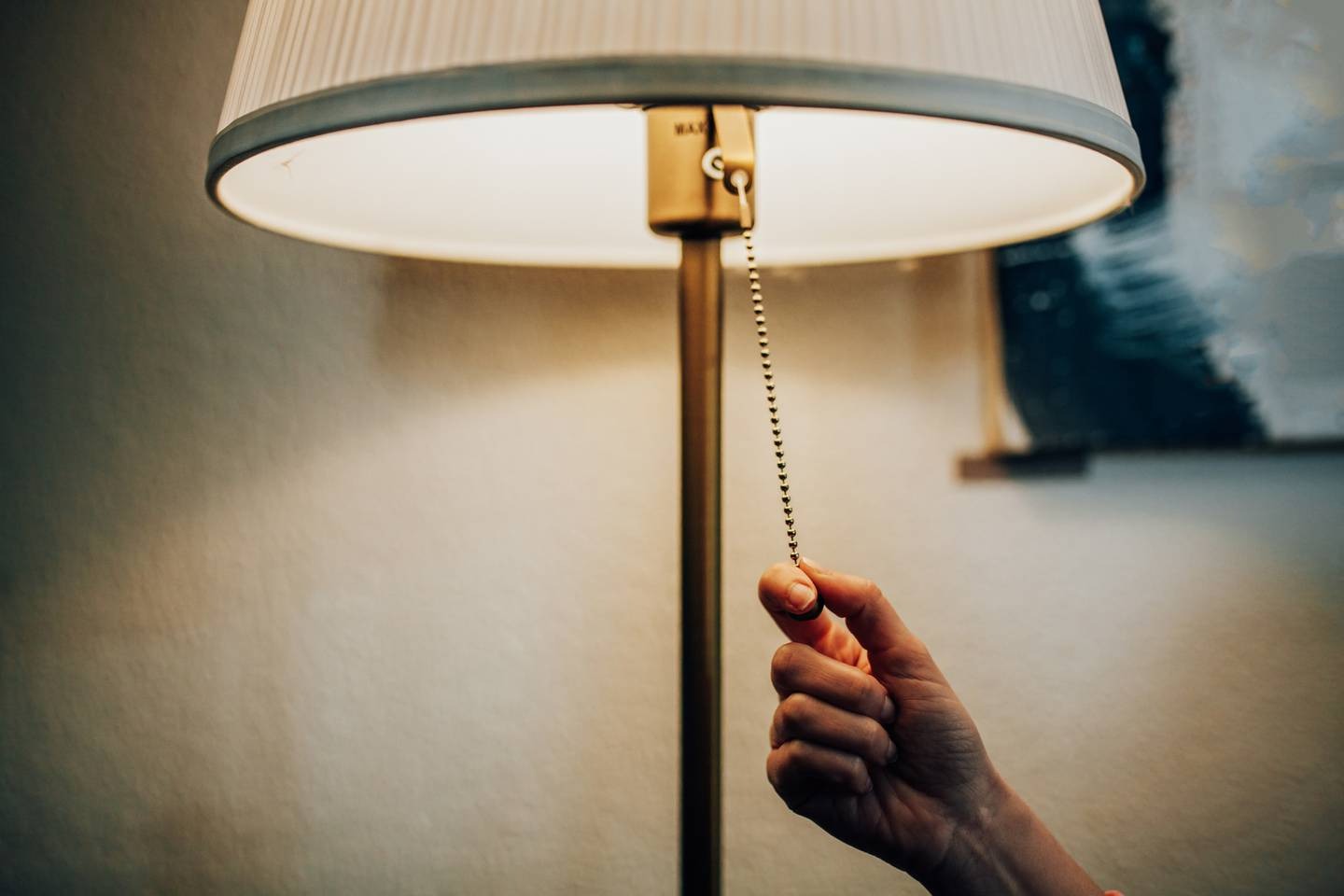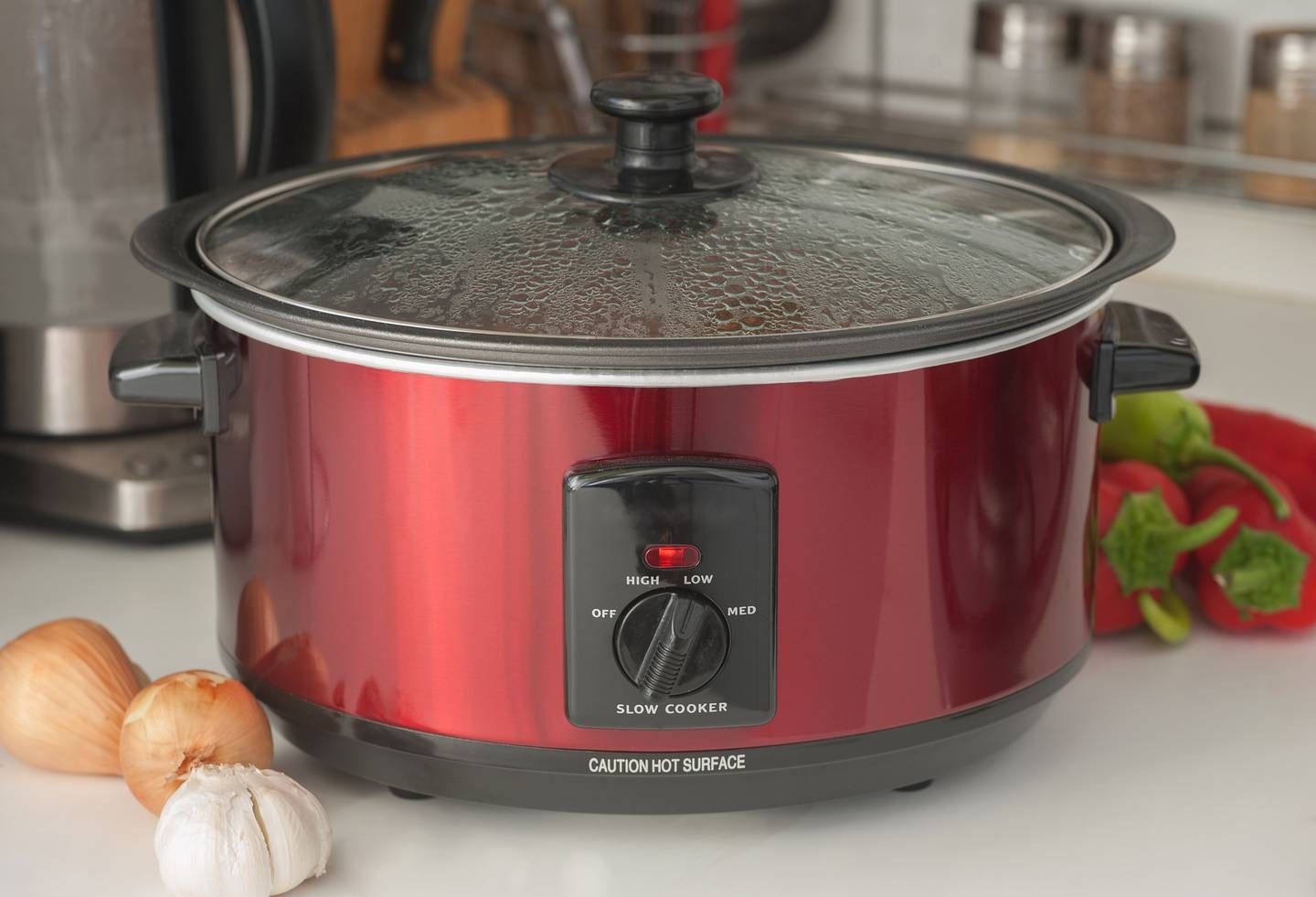How to save money on your power bill this winter
- Publish date
- Thursday, 22 Jun 2023, 9:00AM

As the weather gets colder, here's how to save some cash on your power bill without sacrificing comfort. Photo / Getty Images
Now that we're past the winter solstice it is officially winter, and both the chill and the cost of living are starting to bite.
At this time of year, it’s not just the grocery bill that’s going up but your power bill is probably raising eyebrows when it lands in your inbox.
Government stats reveal that the average Kiwi household goes through 7261kwh of power a year, costing us about $2360 annually or around $196 per month, and while that varies depending on where in New Zealand you live, we all know the electricity bills are a little steeper during the colder months.
So if you’re trying to bring those numbers down, here are a few ways to save some cash, without sacrificing comfort, that don't necessarily involve ice-cold showers.

Make the switch to LED lighting
These dark mornings and chilly winter evenings might have you embracing the mood lighting to save power, but you can save yourself a few stubbed toes and some cash by simply changing your light bulbs.
LED light bulbs cost about 3c to run per evening compared to incandescent bulbs, which cost about 20c, according to Consumer NZ. They may cost more to purchase, but when you think about how often you’re switching on the lights, those savings will add up quickly.
It’s also worth investing in smart bulbs as you can control them remotely or set them up to switch off when you leave the room. They’re also a greener option as they’re longer lasting and use around 80% less energy than incandescent bulbs.
Turn appliances off at the wall
Even when you aren’t using your appliances and electronics, they could be using power while they’re on stand-by - that is, still switched on at the wall.
Consumer reveals it’s the standby light on these appliances that is the culprit, and you could save up to $100 a year on your power bill if you keep them turned off at the wall when you’re not using them.
Sure, it’s a hassle to remember to flick the switch every time you unplug, but the savings will add up. And speaking of switching off, turning off your towel rail when you’re not using it can save you a few dollars a week as well.
Monitor your usage and shop around
Lots of power providers offer off-peak deals, with cheaper or even free power at certain times of the day. Peak times are roughly 7am-11am and 5pm-9pm on weekdays. It’s no surprise that you use the most power when you’re getting ready in the morning, showering or using electric hair tools, and in the evening when you’re cooking dinner and heating the house before bed.
If it makes sense for your household, it’s worth looking at a plan like this and running your appliances during off-peak times - for example, running the dishwasher or the dryer at bedtime instead of in the afternoon or early evening.
Shopping around different providers or using a comparison tool like Powerswitch can also save you hundreds each year with just a little time and effort.
Maintain household appliances
Looking after your appliances can help them run more efficiently and prevent them from wasting power. If you have a heat pump or air conditioner in your home, make sure you clean the filters regularly to keep it running smoothly and check your fridge or freezer isn’t leaking as this will make them work harder and thus use more power to keep your food fresh.
Changing your washing machine setting to a cold wash can also help bring your power bill down, without compromising on cleanliness.

Cook smarter
Your favourite winter warmer meals are also probably contributing to a higher power bill - but there are ways to cut costs on cooking.
Using a slow cooker just a couple of times a week can bring down your power bill as it’s cheaper to use than your oven. A slow cooker meal costs about 35c in power, while your oven costs about a dollar per meal. If your slow cooker is gathering dust on the top shelf, take it down and try out these recipes.
Or you can fire up the air fryer - it heats up quickly because, unlike your oven, it doesn’t take time to reach the right temperature. Here are a few easy recipes to try.
One power-saving cooking hack is the passive cooking method, which you can use to cook pasta. It’s Nigella Lawson-approved, it’s easy, and it’s pasta - what’s stopping you?
Invest in an electric blanket
If you don’t already own one, it’s worth purchasing an electric blanket for the winter months as it can make a big difference to your power bill as well as your night’s sleep.
Andoo NZ’s lifestyle expert Oliver Kitchingman reveals that switching on an electric blanket helps your body temperature stay consistent throughout the night.
“Compared to heating the whole room, or house, electric blankets are more efficient, because they heat only your immediate vicinity.”
Draw the curtains
As soon as the sun goes down, it’s time to close your curtains to help keep your home’s heat in.
If you don’t have thick curtains over your windows, now is a good time to invest in some - it’s a one-off purchase that will pay off for winters to come. And if your home doesn’t have curtains and you live in a low-income area, you can head to your local curtain bank to get some for free.
Seal your windows
You can lose a lot of heat if there are gaps in your window frames, so it’s worth getting your DIY on and grabbing some weather strips or a window insulation kit.
It includes film to act as insulation over your window panes and adhesive strips to seal it to the frame, and according to Energywise, can help reduce heat loss through windows by more than half.
They’re inexpensive and a reasonable fix if you don’t have double glazing - just make sure your window frames are dry before you slap it on and note the film won’t stick to aluminium window frames.
This article was first published by Bethany Reitsma in the NZ Herald and is republished here with edits and permission.


